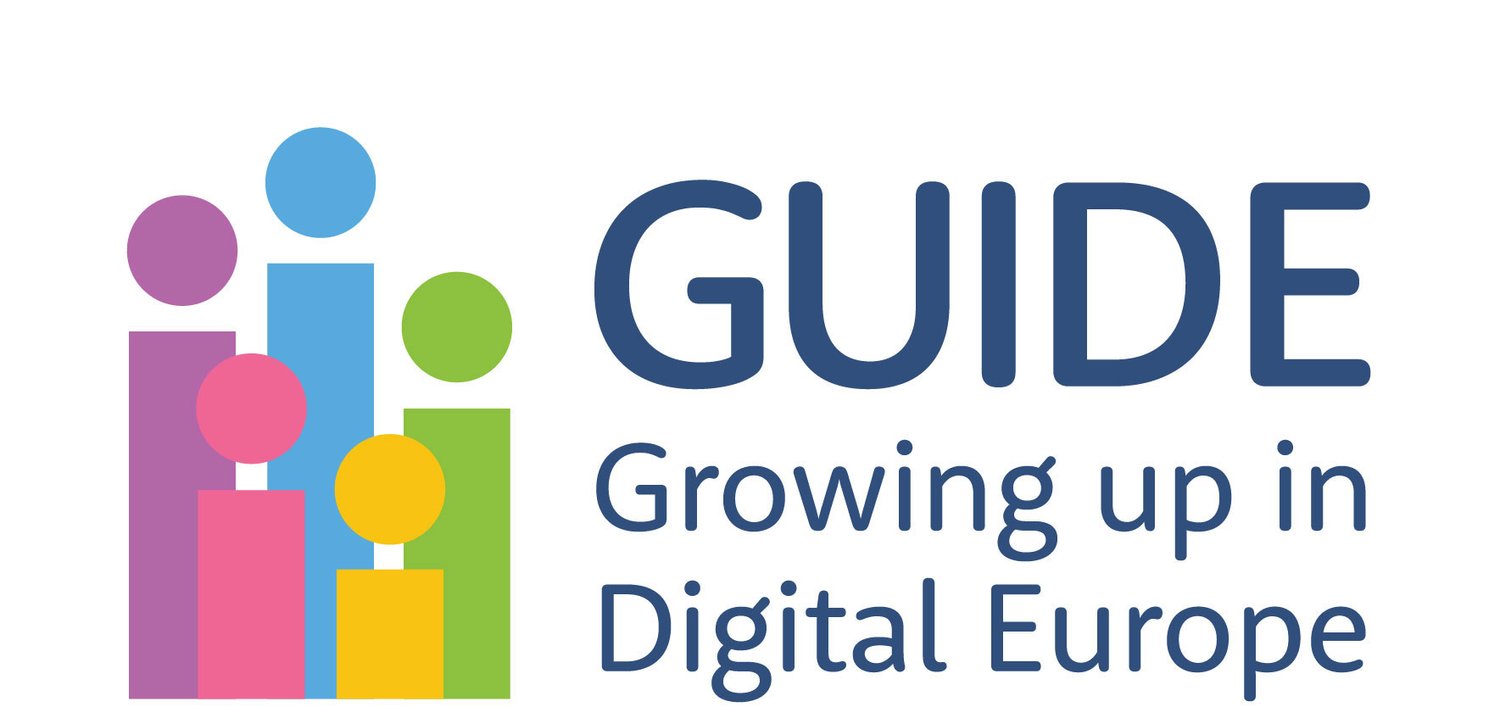
Children’s Wellbeing
The aim of the GUIDE study is to track children’s personal wellbeing and psychosocial development, in combination with key indicators of children’s homes, neighbourhoods, and schools, across Europe.
While there is no uniform definition of wellbeing, generally, it refers to different dimensions of the quality of life. Wellbeing is a multifaceted concept since it refers to both, living conditions and subjective feelings and experiences as well as to the present and the future. Different dimensions of wellbeing of children, included in the Convention on the Rights of the Child, encompass material and emotional quality of children’s lives, but also the development and realisation of their potentials.
Promoting children’s wellbeing is not only vital in order for children to have a good childhood, but also as a firm basis for their future wellbeing as adults (Rees et al. 2012). A failure to ensure a high level of wellbeing for children carries costs because lower wellbeing is correlated with poor social and economic outcomes and mental health (Layard 2013) that hold states back.
The GUIDE Survey is co-created by children, policy makers, and scientists. GUIDE is founded on the principle of child-centred approaches. We believe that children are active agents in society and, therefore, should advocate for their direct engagement throughout the research process. As such, children were placed at the centre of our work from the onset, during the preparatory stages of the research design. We also believe that when the results from the survey become available, children and young people must be key stakeholders in their interpretation. This contributes to the co-production of relevant policies for lasting social and economic benefit alongside inputs from policy makers, scientists and other stakeholders.


